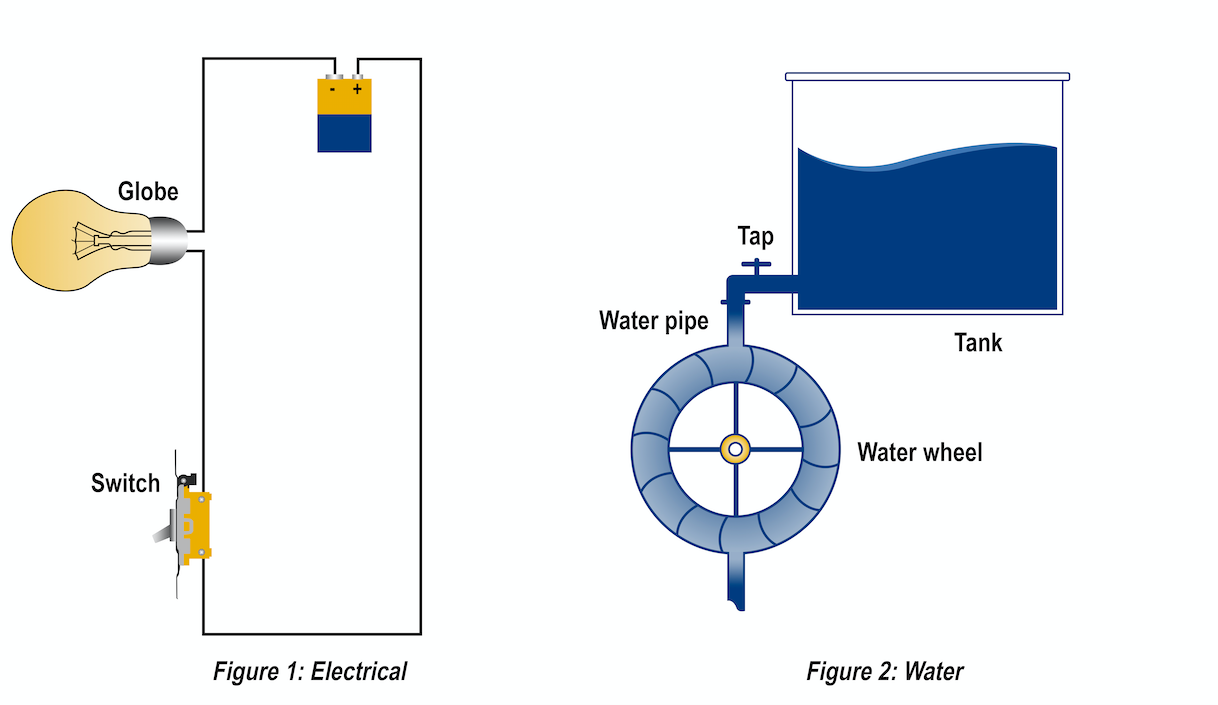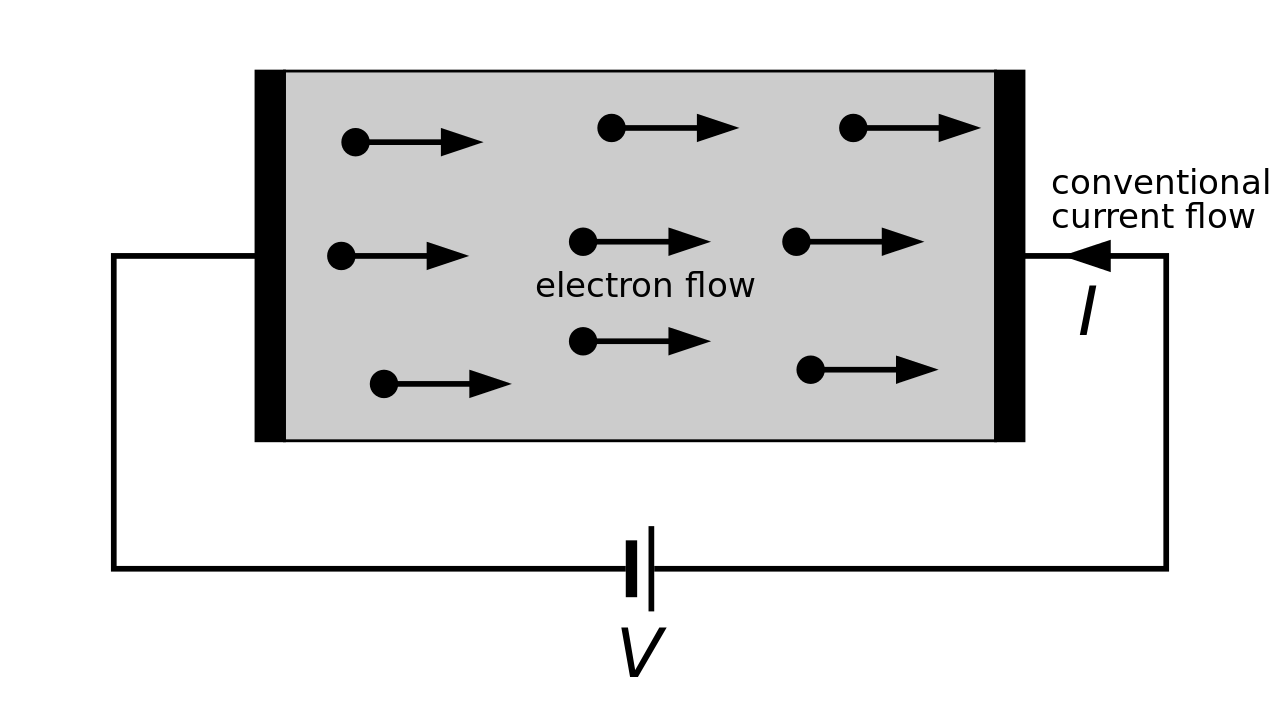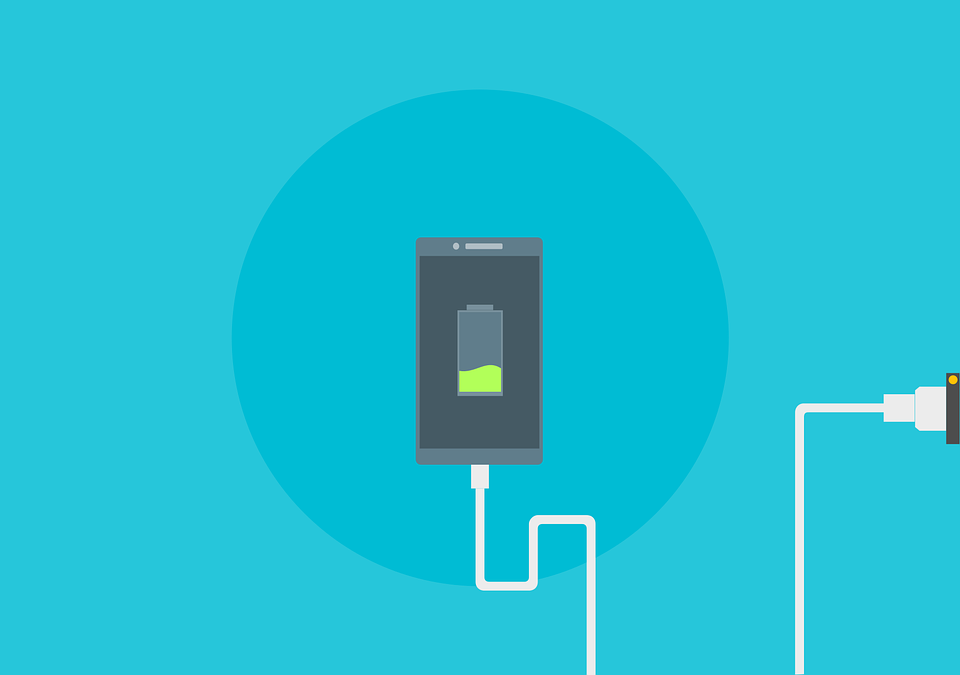Electricity can be observed in many natural phenomena. If you have ever witnessed lightning in a storm or been zapped by a static shock or rubbed your socks on the carpet to shock your unsuspecting younger brother, you have experienced electricity in the natural world. More than that, the signal transmitting the feeling of shock from your finger was electrical, and the neurons that interpreted the shock inside your brain was electrical. Electricity is all around us, but humans have only harnessed electricity and controlled it to accomplish tasks for less than 200 years. Today, when we think of electricity, we think of those ways in which we have harnessed it, from light bulbs to computers to electric vehicles.

Electricity is the flow of electrical current from a point of high potential to a point of low potential. Current flows in an electrical conductor in the same way that water runs downhill (from a point of high potential energy to a point of low potential energy) or the way water moves through a pipe (from a point of high pressure to a point of low pressure). Electrical potential is called voltage, so in a circuit diagram, a high potential is shown as a positive voltage and low potential is shown as a value at or close to zero. Current is then said to flow from the point of highest positive voltage potential to the point of lowest voltage potential. Batteries are shown in circuit diagrams as having a positive and negative terminal and current is described as flowing from the positive terminal, through the circuit, and back to the negative terminal. This is called conventional current theory.

Conventional current theory is the opposite of how electrons actually flow! Benjamin Franklin defined conventional current theory based on his experiments with electricity in the mid-18th century. He properly identified that electrical current flows from one charged location (i.e., having an excess of “electric fluid”) to another location (i.e., having a less than normal amount of “electric fluid”). What he did not know at the time was that electrical current was carried by electrons, so the buildup of excess “electric fluid” was really a negative charge. The result is that conventional current theory, on which all circuit diagrams are still based today, is backwards!
But here’s the doubly shocking twist: it doesn’t matter. It turns out that all electrical diagrams, circuits, and math work out exactly right as long as you are consistent in referring to positive and negative terminals, and the direction of current flow. So today, because of more than 200 years of convention, and electrical engineering development with that convention, it is the acceptable standard to refer to current flow from positive to negative in an electrical circuit.

Batteries are devices that create a certain amount of voltage across their terminals via an internal chemical process and can supply current to an attached circuit for a period of time until its chemical process is depleted. A battery is like a pressurized tank of water emptying out into a pool through a hose. The current flowing out of it will vary based on how big the opening from the tank is, if there are any leaks in the hose, and what kind of resistance the hose offers to the water current. The current flows out of it until it is empty, and the tank is dry (or the battery is dead).
Electricity is used in circuits to accomplish tasks. Electrical current can be used to turn on a light, run a motor, or power a computer processor. Those things are the intent of an electrical circuit, and it is where you want the full power of the electricity to be directed. Imagine the battery as the tank of water described earlier and the water coming out of the hose turning a water wheel. The objective of the setup is to turn the wheel at a certain speed, so if the hose is so small that the wheel doesn’t turn fast enough, that is a design problem that may require the tank height increased. If the hose has leaks or is misaligned so that part of the water is not hitting the wheel, same thing. Any part of the current that is restricted or wasted requires other parts of the design to be adjusted to compensate.
As in the water wheel example, electrical current can be lost or wasted in a circuit. These losses are inefficiencies – the amount of electrical energy or power that is not used for the circuit intent. The amount of water not turning the wheel, or the amount of electrical power being used but not turning on a light, running a motor, or powering a processor. In electrical circuits, things like ESR and DCR cause inefficiencies – they are like leaks or blockages in the hose. These inefficiency losses cause your battery to run out faster, or your electric bill to be higher.
Electrical components with lower ESR and DCR characteristics make electrical circuits more efficient. They allow more of the electrical energy from the battery or other power source to be directed to the intended work of the circuit. KEMET offers state of the art components for every application to maximize circuit efficiency. If you found this blog interesting, learn other Circuit Basics by heading to YouTube to watch the episodes.